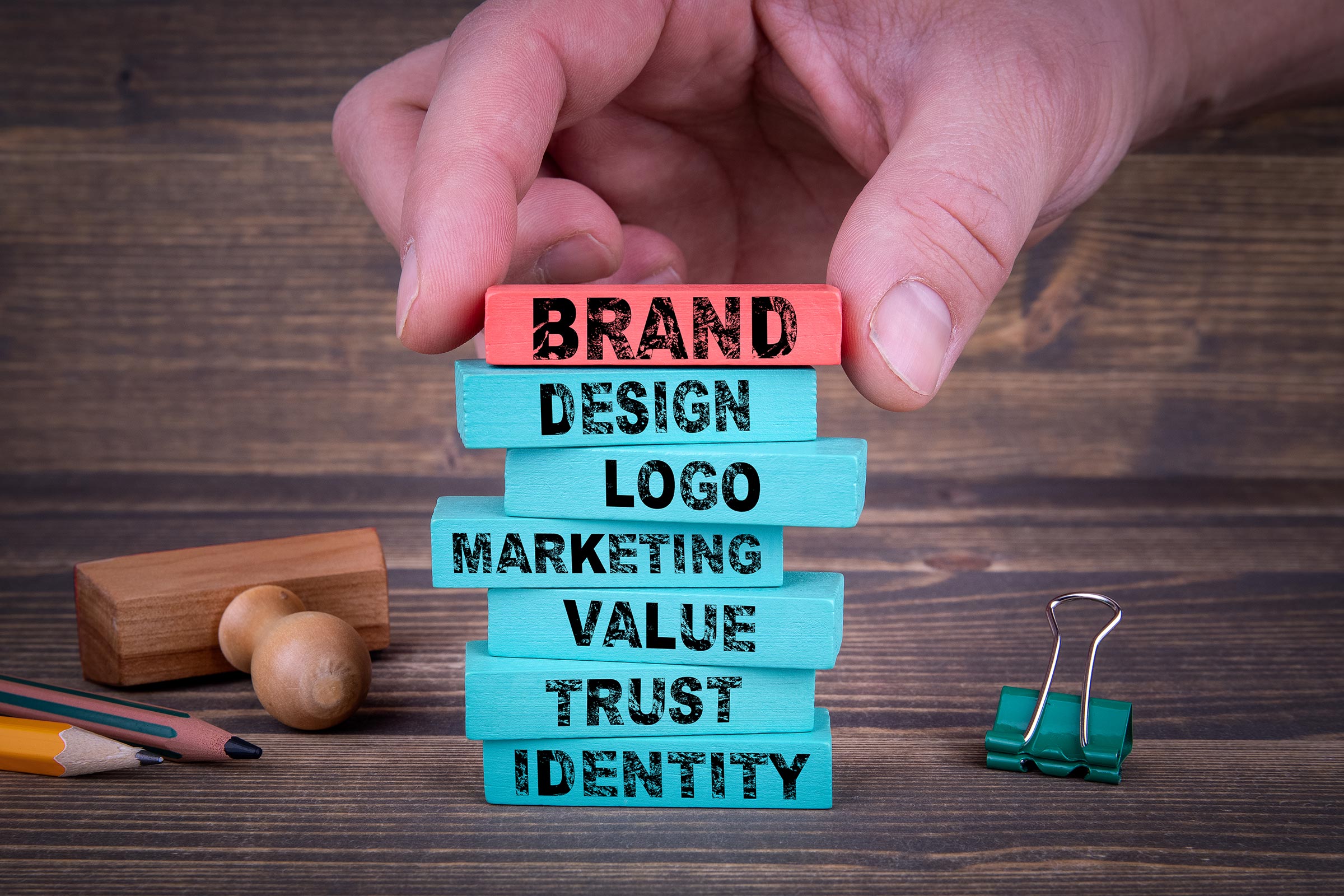Read it to me:
The retail landscape is crowded, and the competition for your customer’s attention is fierce. With restrictions on in-aisle merchandising display from big-box home improvement stores like The Home Depot and Lowe’s, your product’s retail packaging design matters more than ever. It's not just about protecting the product or making it stand out on the shelf. It's about creating a strong first impression that compels the shopper to reach for your brand over others.
This article explores the best practices of effective product packaging. By understanding the best practices of retail packaging design, you can gain opportunities to connect with your target audience, build brand loyalty, and ultimately impact their purchase decision.
The Importance of Retail Packaging Design
Retail packaging design is not just about creating a pretty wrapper for your product. It's a strategic tool that can significantly impact your brand's success. A well-designed package can differentiate your product from competitors, grab the shopper’s attention, and communicate your brand's values and personality, acting as a silent salesperson and enticing consumers to pick up your product and make their purchase.
As retailers rely more on POP merchandising for major brands their own store brands, manufacturers’ packaging must do more to feature their product and anchor the planogram.
Your packaging is often the first point of contact between your brand and the consumer. It needs to make an immediate impact and leave a lasting impression. A well-designed package can create positive associations with your brand, generate curiosity, and increase the likelihood of purchase. On the other hand, a poorly designed package can turn potential buyers away, causing them to choose a competitor's product instead.
Elements of Effective Retail Packaging Design
Effective retail packaging design combines art, science, and strategic thinking. It requires a deep understanding of your target audience, brand values, and the competitive landscape. Here are the key elements that contribute to successful packaging design:
- Visual Impact: Your packaging should grab attention and stand out on the shelf. Impactful colors, eye-catching imagery, and unusual shapes can help your product grab the consumer's attention amidst a sea of competitors.
- Brand Consistency: Your packaging should be consistent with your brand's identity and messaging. It should reflect your brand's personality, values, and positioning. Consistency in design elements such as color palette, typography, and imagery helps build brand recognition and customer retention.
- Product Information: Your packaging should quicky and effectively communicate important product information to consumers, including features, benefits, usage instructions, and any necessary warnings. Clear and concise communication helps consumers make informed decisions and understand your product's value.
- Functionality: Packaging should be designed with functionality in mind. It should protect the product during transportation and storage, be easy to open and close, and convenient to use. A well-designed package enhances the overall user experience with your product and ensures customer satisfaction.
- Differentiation: Your packaging should differentiate your product from competitors. It should showcase unique selling points and create a distinct visual identity. Differentiation helps consumers remember your brand and makes it easier for them to identify your product in the future.

Design Trends in Retail Packaging
Design trends in retail packaging are constantly evolving to keep up with changing consumer preferences and market dynamics. Here are a few design trends that are currently making waves:
- Minimalism: Minimalistic design has gained in popularity. Clean lines, simple typography, subdued color palettes, and a greater reliance on “white space” create an elegant and sophisticated look. Minimalistic packaging communicates a sense of modernity and quality.
- Eco-Friendly Packaging: With increasing environmental concerns, whether by company values or legal requirements, eco-friendly packaging has become a significant trend. Using sustainable materials, reducing waste, and incorporating recyclable elements in your packaging design can resonate with environmentally conscious consumers.
- Bold Typography: Typography has a strong impact on packaging design. Expressive fonts can create a sense of personality and grab attention. Combining unique typography with compelling messaging can make your packaging memorable.
- Brand Experience: Packaging design contributes to the overall brand experience. It's an opportunity to create a sensory connection with consumers through tactile materials, unique opening mechanisms, or even scent. A well-designed package can create a memorable experience that makes consumers feel connected to your brand.
- Marketing and Promotion: Packaging can also be a marketing and promotional tool. Including special offers, QR codes, or social media handles on your packaging can encourage consumers to engage further with your brand. Packaging can be a gateway to your online presence, allowing consumers to learn more about your products and interact with your brand community.
These trends are just a few examples of the ever-changing landscape of retail packaging design. Keeping an eye on emerging trends and adapting them to your brand's identity can help you stay relevant and appealing to consumers.
Elevating Your Retail Packaging Design for Maximum Impact
Packaging design captures consumer attention, influencing purchasing decisions and building brand loyalty. By understanding the psychology behind consumer behavior, incorporating effective design elements, and aligning with sustainability practices, you can create packaging that stands out on the shelf and resonates with your target audience.
Heinzeroth Marketing Group can elevate your retail packaging design by creating memorable shelf appeal that compels consumers to choose your brand. Our creative concepts have helped our clients increase placements, improve sales and build brand loyalty to gain a competitive edge in the market. Contact us to discuss packaging design for your products.
March 25, 2025



Comments